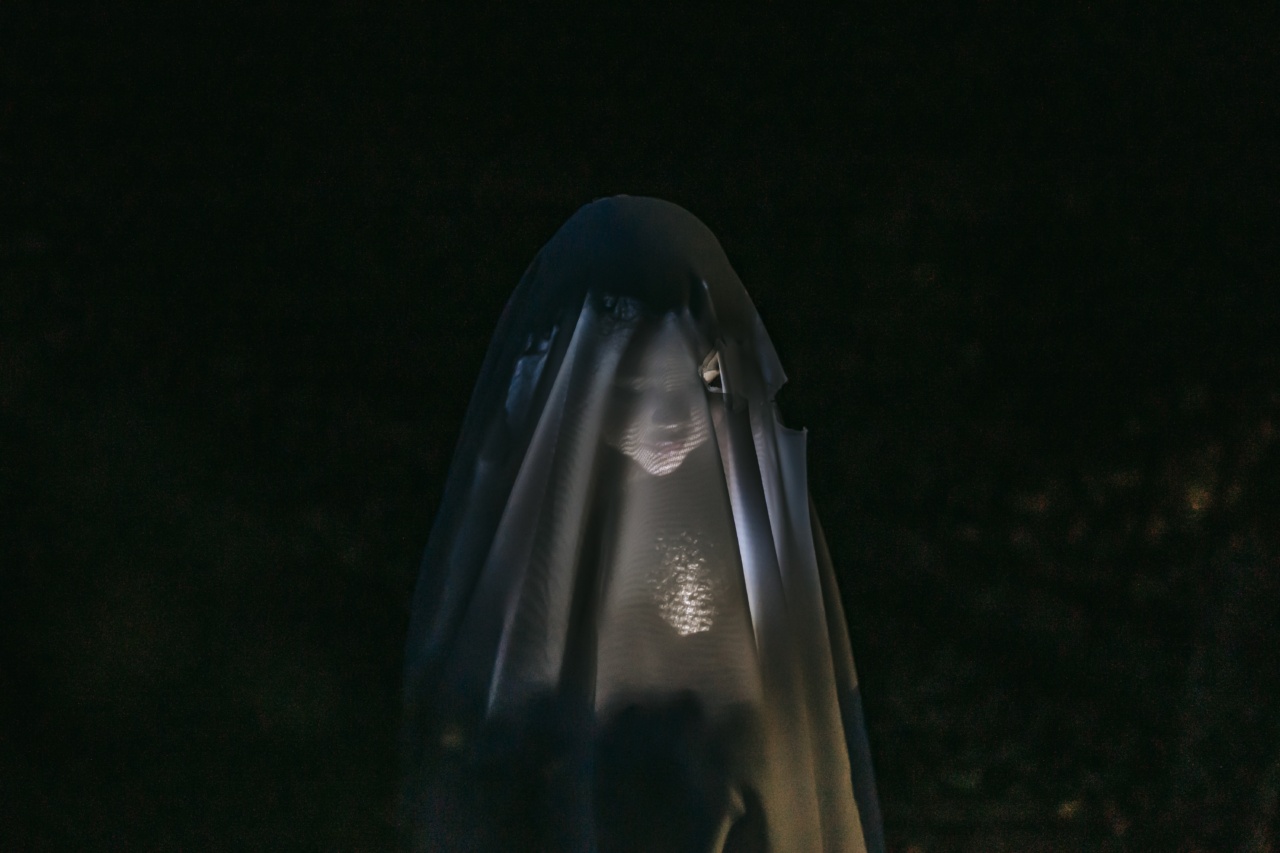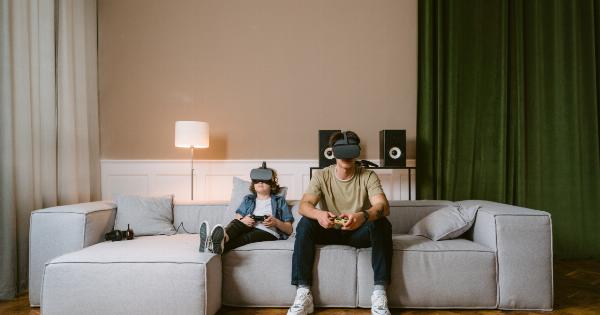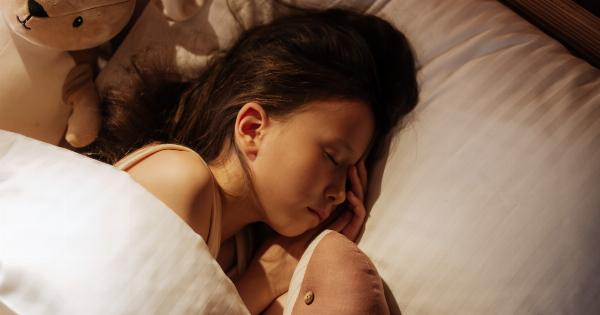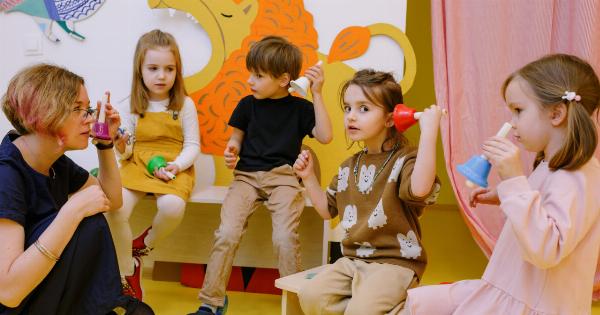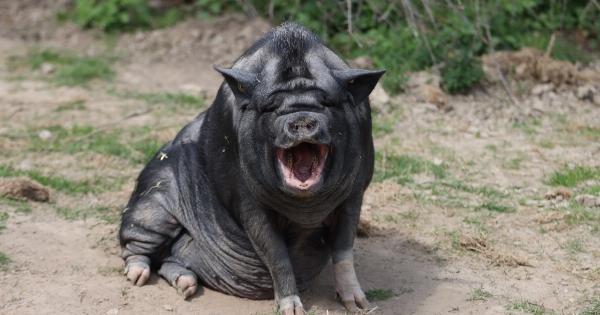Horror movies and images can be exciting and suspenseful for adults. However, children may have a different perspective and respond with fear, anxiety, or nightmares.
Experts warn that exposing children to horror images may have detrimental effects on their emotional and psychological well-being. In this article, we will explore the reasons why experts advise against exposing children to horror images, the potential harms of doing so, and how parents can protect their children from these negative effects.
Why Experts Advise Against Exposing Children to Horror Images
Experts in child development and psychology argue that exposing children to horror images can have negative effects on their cognitive, emotional, and social development.
Here are some of the reasons why experts advise against exposing children to horror images:.
1. Horror Images Can Trigger Fear and Anxiety
Children have less cognitive capacity and emotional regulation than adults. Therefore, they may have a hard time processing scary and violent images.
Horror movies and images often involve blood, gore, violence, and supernatural phenomena that can trigger fear, anxiety, and panic in children. These emotions can be overwhelming and cause long-lasting trauma.
2. Horror Images Can Alter Children’s Perceptions of Reality
Children rely on their experiences to shape their understanding of the world around them.
Exposing them to horror images can distort their perceptions of reality and make them believe in supernatural creatures, monsters, and violence that do not exist in real life. This distortion can affect their ability to distinguish between fantasy and reality and cause confusion and fear.
3. Horror Images Can Increase Aggressive Behavior
Research has shown that exposure to violent media, including horror movies and images, can increase aggressive behavior in children.
Children who watch violent media are more likely to engage in physical fights, verbal aggression, and other forms of violent behavior. This aggression can be directed towards peers, family members, or animals, and can have lasting consequences on their social and emotional well-being.
4. Horror Images Can Negatively Impact Sleep and Dreams
Children need adequate sleep and rest to support their physical and mental development. Exposing them to horror images can disrupt their sleep patterns and cause nightmares, night terrors, and insomnia.
These sleep disorders can affect their mood, behavior, and cognitive performance the next day.
The Potential Harms of Exposing Children to Horror Images
The potential harms of exposing children to horror images are many and varied. Here are some of the most serious consequences:.
1. Anxiety and Trauma
Exposure to horror images can cause anxiety, fear, panic, and trauma in children. These negative emotions can manifest in a variety of ways, including nightmares, night terrors, avoidance behaviors, aggression, and withdrawal.
In extreme cases, exposure to horror images can lead to post-traumatic stress disorder (PTSD) and other anxiety disorders that can have lasting consequences on their mental health.
2. Distorted Perception of Reality
Exposure to horror images can distort children’s perception of reality and make them believe in ghosts, supernatural creatures, and violence that do not exist in the real world.
This distortion can affect their cognitive and social development and can hinder their ability to interact with others and form healthy relationships.
3. Aggressive Behavior
Exposure to violent media, including horror images, can increase children’s aggressive behavior and make them more prone to physical and verbal violence.
This aggression can be directed towards peers, family members, or animals, and can have lasting consequences on their social and emotional well-being. It can also affect their academic performance and their ability to form healthy friendships and relationships.
4. Sleep Disorders
Exposure to horror images can cause sleep disorders, such as nightmares, night terrors, and insomnia, in children. These sleep disorders can affect their mood, behavior, and cognitive performance the next day.
They can also interfere with their physical and mental development and make them more vulnerable to stress and other health problems.
How to Protect Children from Horror Images
Protecting children from horror images is crucial for their physical and mental well-being. Here are some strategies that parents can use to protect their children:.
1. Be Age-Appropriate
Parents should be mindful of the age-appropriateness of movies, TV shows, and games that their children watch.
Horror images and violence are not suitable for young children who are still developing their cognitive and emotional capacity to process complex emotions and ideas. Parents should use ratings, reviews, and recommendations to ensure that the media their children watch is appropriate for their age and developmental stage.
2. Provide Context and Guidance
Parents should provide context and guidance when their children watch movies, TV shows, and games that contain violence or horror.
They should explain the difference between fantasy and reality and provide reassurance that the events and characters in the media they watch are not real. Parents should also encourage their children to ask questions and express their emotions and concerns about the media they watch.
3. Monitor Screen Time
Parents should monitor their children’s screen time and limit the amount of time they spend watching movies, TV shows, and games. Excessive screen time can lead to physical and mental health problems, such as obesity, sleep disorders, and anxiety.
Parents should encourage their children to engage in outdoor activities, creative play, and social interactions to support their physical and mental development.
4. Create a Safe and Supportive Environment
Parents should create a safe and supportive environment at home where their children can express their emotions, ask questions, and seek comfort and reassurance. They should listen to their children’s concerns and provide empathy and support.
Parents should also model healthy behaviors and attitudes towards violence, aggression, and horror.
Conclusion
In conclusion, experts warn against exposing children to horror images for a variety of reasons.
Horror images can trigger fear and anxiety, alter children’s perceptions of reality, increase aggressive behavior, and negatively impact sleep and dreams. The potential harms of exposing children to horror images are anxiety, trauma, distorted perception of reality, aggressive behavior, and sleep disorders.
Parents can protect their children from these negative effects by being age-appropriate, providing context and guidance, monitoring screen time, and creating a safe and supportive environment.
